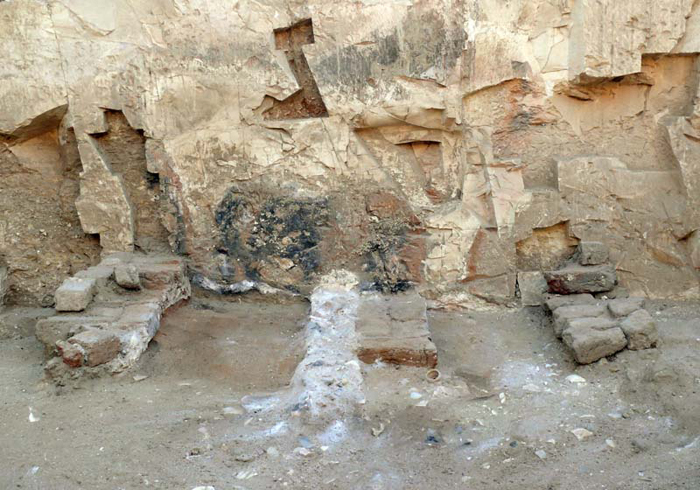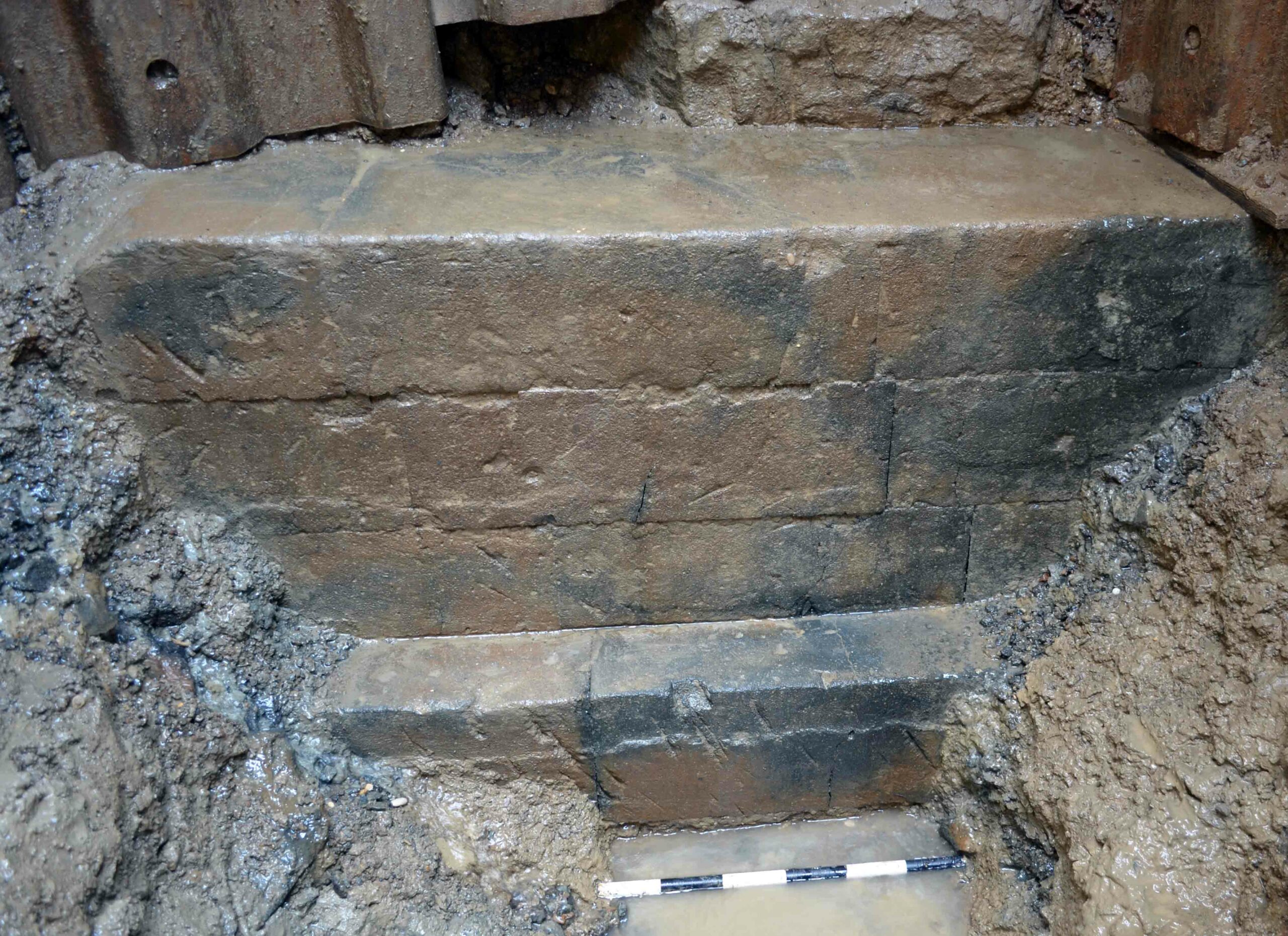
LUXOR, EGYPT—Live Science reports that the remains of third-century plague victims have been unearthed in Thebes at the Funerary Complex of Harwa and Akhimenru, which was built in the seventh century B.C., by members of the Italian Archaeological Mission to Luxor (MAIL). Many of the bodies had been burned in a giant bonfire and covered with a thick layer of lime. Three kilns were found nearby where the lime was produced. Known as the “Plague of Cyprian,” the series of epidemics, thought to be some form of smallpox or measles, is credited with weakening the Roman Empire and hastening its fall, according to Francesco Tiradritti, director of MAIL. “We found evidence of corpses either burned or buried inside the lime. They had to dispose of them without losing any time,” he said.










